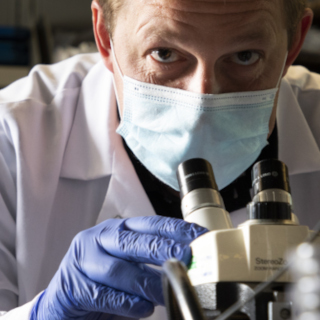Animal Pain and Distress
Adopted: August 9, 2011
Last Review Date: September 27, 2017
I. Policy
The University of Montana (UM) is committed to the welfare of animals used in teaching and research. Through the work of the Institutional Animal Care and Use Committee (IACUC), UM requires the replacement, reduction and refinement (3Rs) of animal use in order to minimize pain, suffering or physical harm of animals and to eliminate it whenever possible. The UM IACUC requires educators and principal investigators (PI) to comply with the following principles when designing classes and experiments, respectively, involving animal use.
II. Procedure
-
Animals must be replaced by models and in vitro systems whenever possible.
-
The number of animals used must be the minimum necessary and must be clearly justified.
- Experiments must be
refined as follows:
- A clear experimental endpoint must be provided to avoid unnecessary or prolonged pain or suffering. The ideal endpoint is short enough to occur before pain or distress are incurred and long enough to allow collection of reliable, measurable and repeatable data.
- Pain relief in the form of analgesics (e.g., nonsteroidal anti-inflammatories, opioids) or physical methods (e.g., external warming, supportive bandaging) must be used whenever possible.
- Personnel performing clinical or surgical procedures must be adequately trained and experienced in the procedures to minimize pain and distress. Training using models or cadavers is strongly encouraged to maximize technical competency before using live animals.
- In the event of an abnormally high frequency of adverse events during survival surgery (or any other manipulations), the AV may determine that additional training is needed in order to demonstrate proficiency in the particular technique.
- A targeted literature search for alternatives to procedures with the potential for pain or distress or unrelieved pain or distress will be conducted and summarized in the AUP.
- A harm/benefit analysis will be initiated by the PI and reviewed by the IACUC to weigh potential adverse effects to the animals against potential benefits in accordance with the 3Rs. Studies involving unrelieved pain or distress will require committee discussion of the harm/benefit analysis at a full committee meeting, and the PI will be invited to attend and address this issue.
